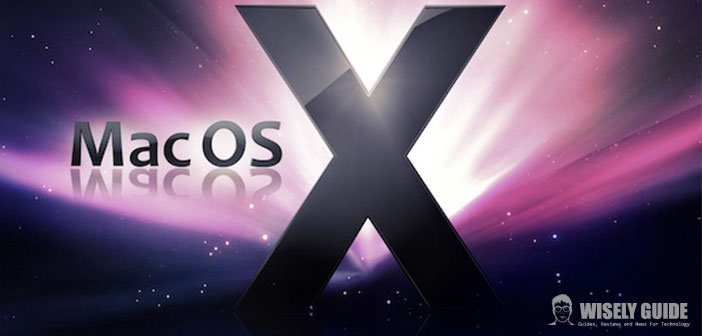Sooner or later, it happens to everyone to do something new for the first time. For those who use a computer, or a smartphone, it happens more often, I think. Between system updates, version changes, tweaks and graphical improvements even switch from Windows 7 to Windows 8 may be a small trauma. Small, of course, especially if we compare it with what it means to move from Windows to Mac OS X. Although both have at their base a graphical interface, some mundane tasks require different actions.
For this reason, we think, more than anyone could have a pleasure to read a quick guide to using a Mac for Windows users. Who is already using Mac OS X for a while will probably find this information trivial, but it is precisely these platitudes, take for granted and always know to give more problems to those who switch from Windows to Mac for the first time.
Base Differences
The first difference you notice is the absence of the Start menu. Or the Start screen of Windows 8, the new tile throughout. In its place, there is a dock, a bar placed at the bottom of the desktop that contains all the links to the various applications. Folders, and applications that are open and minimized are displayed on the right side of the dock; on the left, there are links to the most frequently used programs and more important. If any of this is open appears at his side a ball, or a dash under it, to indicate its being active.
At the top, on the left, find space general commands for running applications: the File menu, always, and then the various contextual menus different from program to program (in general there are always the View menu and the Edit menu). Notification icons and the system clock are in the upper-right corner, as well as the symbol of WiFi, and all those functions that in general, on Windows, are in the bottom right corner.

Find Everything
Always in the top right corner, there is an icon of a magnifying glass is one of the ways available to access Spotlight. The other way is to use the keyboard shortcut ” CMD + Space. ” The key ” CMD ” or ” Command ” key, the key consideration is the ” WIN ” for Mac. Windows is designed with the window, the icon on the Mac has some sort of square with the slots at the four corners.
Spotlight is one of the most important tools for a Mac. It is, in essence, a powerful search engine that helps you find everything from programs to documents to folders. It ‘really convenient, especially when you look at how to change any system setting, or cannot remember where you saved a document. By clicking on the result with the mouse opens directly into the program or document; but if you want to see in the Finder (Mac or the consideration for the Explorer) is precisely where a document simply hold down the Command key and click with the mouse on the result.
Mouse and Keyboard
The keyboard of a Mac is slightly different from That of a PC with Windows. To begin with there is the Win key, but in ITS place is the Command key (CMD). The ALT key is instead Replaced by the ” Options ” button. The ” backspace ” is absent, and in part will be replaced by the ” DELETE “. The at sign (@) is above the number 2 instead of being next to the letter ” ò “. Finally, the combination ” TAB + CONTRL “, Which is used to switch between active applications, it is Replaced with ” CMD + TAB “.
The operation of the mouse is virtually identical to the one in Windows. Slightly changes the trackpad, very humbly called by Apple ” Magic Trackpad “. You can use the index and middle holding side by side, and tapping with the middle, When needed, pointed to the pressure of the right mouse button with the index finger to the left. It ‘s blackberries difficult to describe than to do, but once you understand the operation you will discover that it is really simple and intuitive.
Finder, File & USB Flash Drive
On the Mac, there is a program similar to Explorer, and it is the Finder. The operation is almost identical, with the quick links on the left and on the right the contents of the selected folder. There are a couple of differences compared to Windows.
First of all, you cannot cut a file. To do this your first need to copy it, then paste it and then delete it. Or, more simply, just use the command ” Move. ” Sometimes there may be problems with USB flash drive. They are given by the type of file system: NTFS can cause problems, especially when writing while reading is supported well.
How do you turn off a Mac?
The last question is trivial but important: how do you turn off a Mac? To do this you need to use the Apple logo, one on the upper left. By clicking on it, you can decide if ” Turn off ” or ” Restart ” the Mac, or if you just ” off ” the active user.




